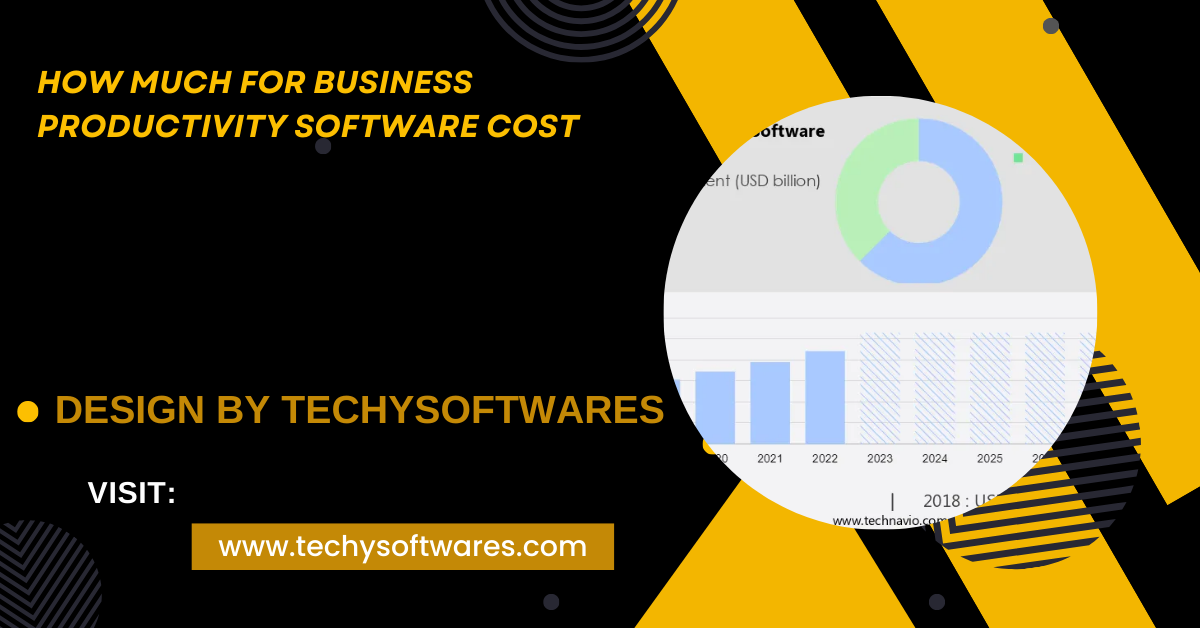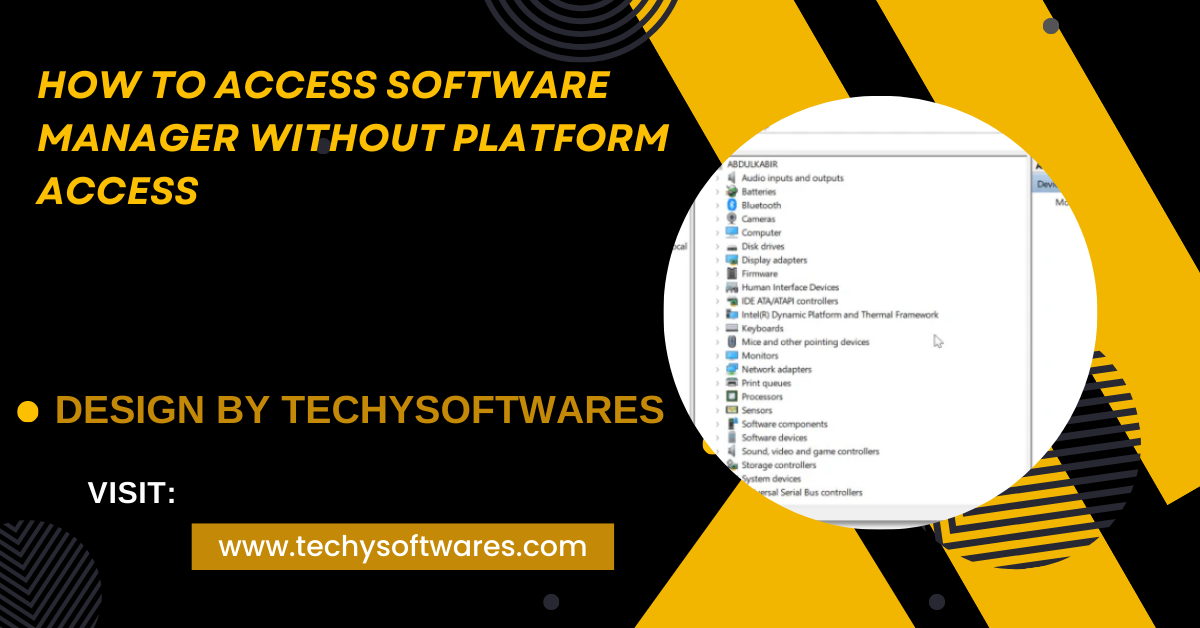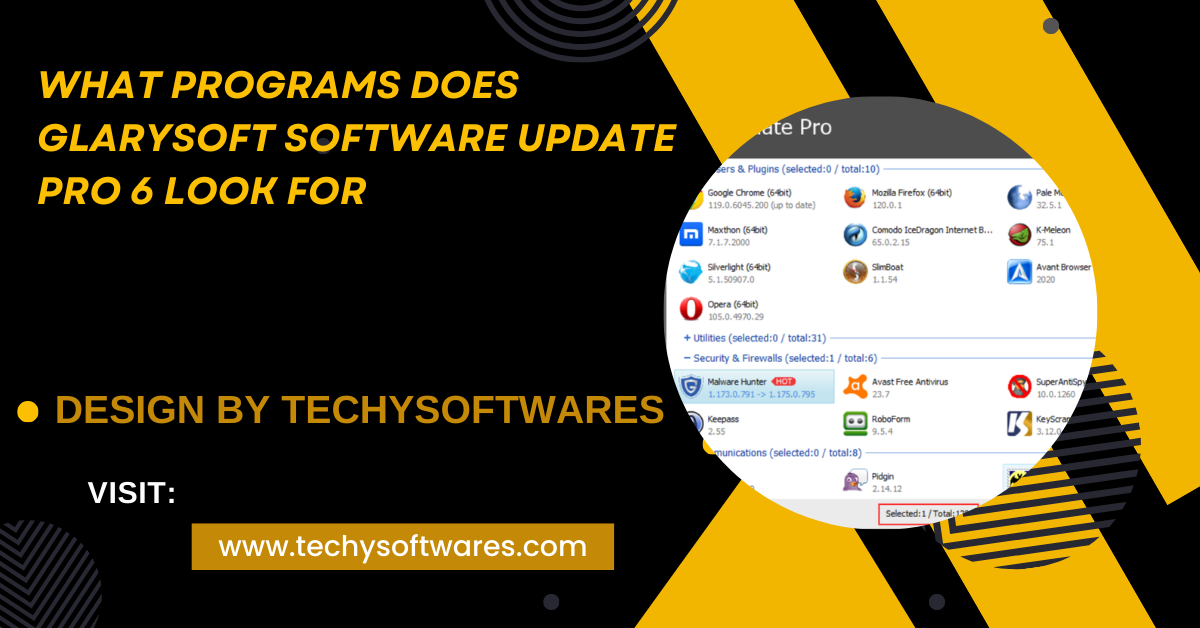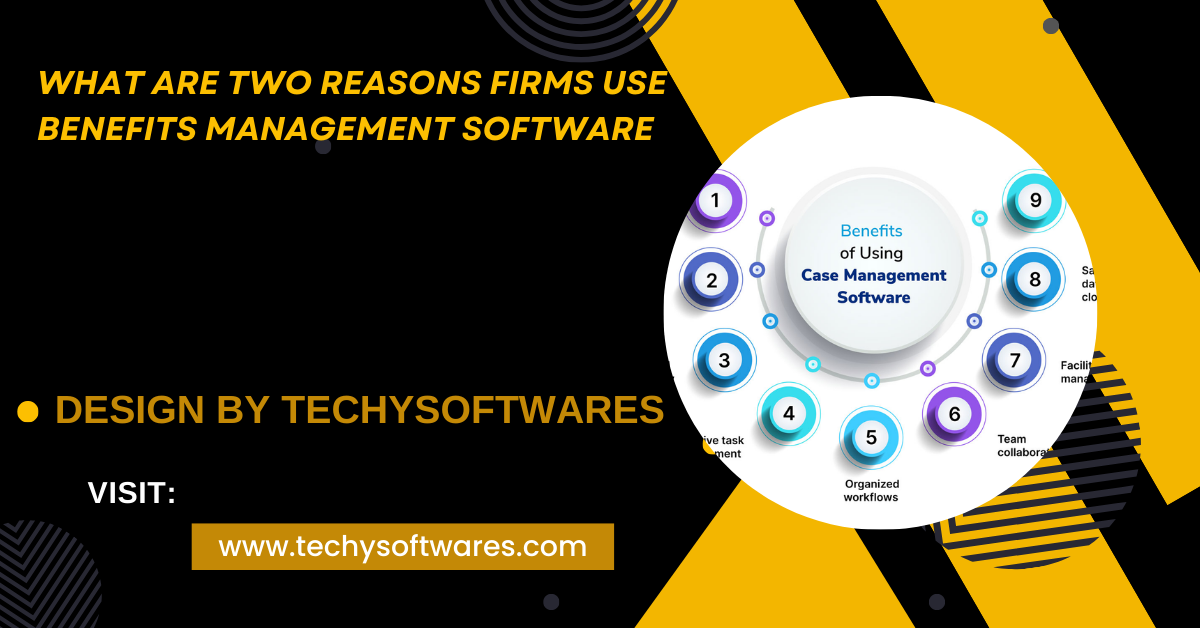The cost of business productivity software varies widely, ranging from free to several hundred dollars per user per month, depending on the software type, user count, subscription model, features, and support.
This article will explore the factors that influence the cost of productivity software, the typical price ranges for popular tools, and tips for making the most cost-effective choice for your business.
What is Business Productivity Software?

Business productivity software includes a range of tools designed to help businesses manage their operations more efficiently. These tools can cover various aspects of a business, including:
- Project Management: Tools like Asana, Trello, and Microsoft Project help teams plan, execute, and track project progress.
- Communication and Collaboration: Platforms such as Slack, Microsoft Teams, and Zoom facilitate seamless communication and collaboration among team members, whether they are in the office or working remotely.
- Document Management: Software like Google Workspace and Microsoft Office 365 allows teams to create, share, and collaborate on documents, spreadsheets, and presentations in real-time.
- Customer Relationship Management (CRM): Tools like Salesforce, HubSpot, and Zoho CRM help businesses manage their customer interactions, sales processes, and marketing campaigns.
- Accounting and Finance: Software such as QuickBooks, Xero, and FreshBooks streamlines financial management, invoicing, and payroll.
Factors Influencing the Cost of Productivity Software:
The cost of business productivity software can vary widely depending on several factors:
- Type of Software: Different types of productivity software come with varying price tags. For instance, a basic project management tool may be less expensive than a comprehensive CRM platform.
- Number of Users: Most productivity software is priced on a per-user basis. The more users you have, the higher the overall cost.
- Subscription Model: Many productivity tools operate on a subscription basis, charging a monthly or annual fee. Some offer discounts for annual commitments.
- Features and Functionality: The more features and advanced capabilities a software offers, the higher the cost. For example, premium plans might include advanced analytics, custom workflows, and integration with other business tools.
- Scalability: Some software offers pricing tiers based on the size of your business or the scale of your operations. Larger businesses with more complex needs may pay more for scalability.
- Support and Training: Premium customer support, onboarding, and training services can add to the cost, but they can also ensure you get the most out of the software.
Typical Price Ranges for Popular Business Productivity Tools:
Here’s a breakdown of the typical cost ranges for some common types of business productivity software:
Project Management Tools:
- Trello: Free to $17.50 per user/month (Premium plans)
- Asana: $10.99 to $24.99 per user/month
- Microsoft Project: $10 to $55 per user/month
Communication and Collaboration Platforms:
- Slack: Free to $15 per user/month
- Microsoft Teams: $5 to $12.50 per user/month (bundled with Office 365)
- Zoom: Free to $19.99 per host/month
Document Management Suites:
- Google Workspace: $6 to $18 per user/month
- Microsoft Office 365: $5 to $20 per user/month
- Dropbox Business: $15 to $25 per user/month
Also Read: Control4 Software Version List – A Comprehensive Overview!
CRM Software:
- HubSpot CRM: Free to $3,200 per month (for enterprise-level features)
- Salesforce: $25 to $300 per user/month
- Zoho CRM: $14 to $52 per user/month
Accounting and Finance Tools:
- QuickBooks: $25 to $150 per month (depending on the plan)
- Xero: $12 to $65 per month
- FreshBooks: $15 to $50 per month
Tips for Choosing Cost-Effective Business Productivity Software
- Assess Your Needs: Before investing in software, identify the specific needs of your business. Determine which features are essential and which are optional.
- Start Small: Consider starting with basic or free versions of the software to test its capabilities. As your business grows, you can upgrade to more advanced plans.
- Take Advantage of Discounts: Look for annual payment discounts, bundles, or multi-user discounts. Some providers offer special pricing for startups or small businesses.
- Consider Open Source or Free Alternatives: Some open-source productivity tools can be as effective as paid options. Tools like LibreOffice or Zoho CRM’s free tier can be great for businesses on a tight budget.
- Evaluate ROI: Consider how the software will contribute to your business’s productivity and efficiency. The right software should save you time and money in the long run.
FAQ’s
1. What is business productivity software?
Business productivity software includes tools that help businesses manage operations, improve efficiency, and enhance collaboration, such as project management, CRM, and document management tools.
2. What factors influence the cost of productivity software?
The cost is influenced by the type of software, number of users, subscription model, features, scalability, and support services.
3. How much does project management software typically cost?
Prices range from free to about $55 per user per month, depending on the features and plan.
4. What are the costs of communication and collaboration tools?
These tools range from free to $19.99 per user per month, with additional costs for premium features.
5. How much do document management suites cost?
Document management suites typically range from $5 to $25 per user per month.
6. What is the price range for CRM software?
CRM software can be free or cost up to $300 per user per month, depending on the plan and features.
7. How much does accounting and finance software cost?
Prices for accounting software range from $12 to $150 per month, based on the plan.
8. What should I consider when choosing productivity software?
Assess your business needs, start with basic or free versions, and consider discounts or open-source alternatives.
9. Can I find cost-effective productivity software?
Yes, by evaluating your needs, starting small, and exploring free or open-source options, you can find cost-effective solutions.
10. Why is ROI important when choosing software?
Considering ROI ensures the software enhances productivity and efficiency, ultimately saving time and money for your business.
Conclusion
The cost of business productivity software varies depending on your business size, needs, and the specific tools you choose. By understanding the factors that influence pricing and carefully assessing your options, you can select software that offers the best value for your investment. Whether you’re looking for project management, communication, CRM, or accounting tools, investing in the right software can significantly enhance your business’s productivity and efficiency, ultimately contributing to your overall success.




